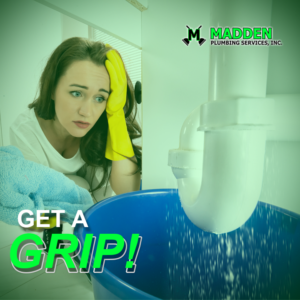How Can You Stop A Toilet from Overflowing?
Too busy to deal with a blocked toilet? When the water starts to overflow from your bathroom, it will make you feel like it’s time for you to call in the professionals. So how can you stop this from happening? Here are some tips:
You can fix it!
If you’re feeling overwhelmed by the thought of fixing your toilet, don’t worry! You can do it yourself with a few simple steps.
- First, take some time to assess the situation. Are there any cracks or holes in the toilet bowl? Is it leaking? What kind of repair needs to be done?
- Next, gather all the necessary tools and materials for this project (if there are any). You may also want to purchase some extra parts if they aren’t included in your initial purchase; these items include flanges and bolts and thick rubber gloves so that nothing gets damaged during this process.
- Lastly, don’t forget about safety: always wear eye protection when working around water-filled toilets!
Here’s How:
To stop a toilet from overflowing, you’ll need to turn off the water supply to your bathroom. This might be difficult if there is no other way out of your apartment or home. In that case, you can use rubber gloves to manually clear the pipe by hand—ensure that any excess moisture doesn’t get into your skin!
If you’re unable to take care of this yourself and don’t have access to a sink in which to empty yourself (like one in an office), then consider using something called a drain unblocker: these products are available at most hardware stores for about $10-$20 each depending on how many uses they’ve been through before now!
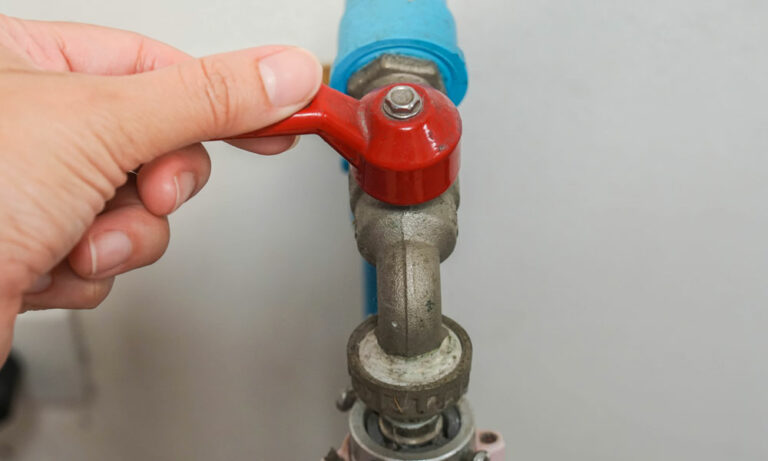
1. Shut off the water supply fast.
Shutting off your toilet’s water supply is an excellent way to stop it from overflowing, but it can be a bit complicated if you’re unsure how to do it. The easiest way is to turn off all of the faucets in your home and wait for them to drain—but if that doesn’t work, try this:
-
Please turn off all kitchen faucets and turn down their handles, so they don’t drip when turned back on later (this will make them easier for you to shut off later).
-
Turn off any toilets that are not being used (if any).

2. Soak up the excess water before it overflows.
If the water is still rising, use a sponge or cloth to soak up the excess. Don’t use your hands!
If you don’t have a sponge, use a towel instead. Do not use a plunger!
Do not attempt to unblock your drain yourself with any product that claims to do so (a drain unblocker).
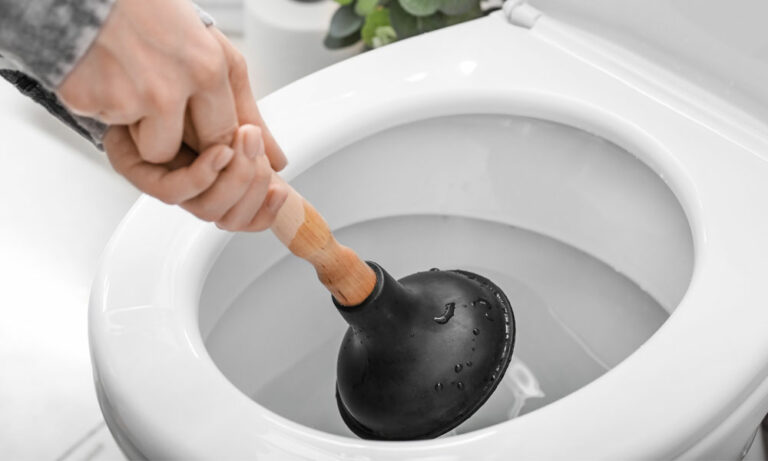
3. Stop up the toilet if you can
If you’re using a plunger, make sure it’s the right size for your toilet. If it doesn’t fit in place of your bathroom and there is no other way to stop the overflow, use a sink plunger instead.

4. Use rubber gloves to clear the pipe manually
- Use rubber gloves to clear the pipe manually. This can be done by using a coat hanger or plunger and other tools available at home.
- If you don’t have any handy things, consider wearing old clothes while trying this method because you’ll need to get dirty anyway if you want to remove all the trapped water from your toilet bowl!
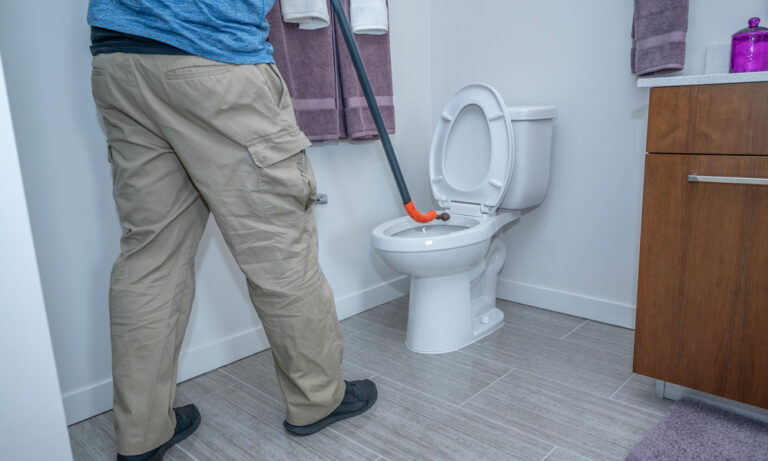
5. Empty your bladder in the sink and use a drain unblocker to remove the clog
You can also use a drain unblocker to remove the clog. This is especially effective if you have a plunger and are unsure how to use it because it’s designed specifically for this purpose.
You should not flush the toilet or attempt to clear away any other drains in your home until after you’ve learned how to manage this problem, but if all else fails. There’s no way out of this situation except flushing (and we hope not). Please do so at least once before calling us at our offices near Ealing Broadway tube station, where we’ll be happy to helpfully answer any questions about our helpful products!
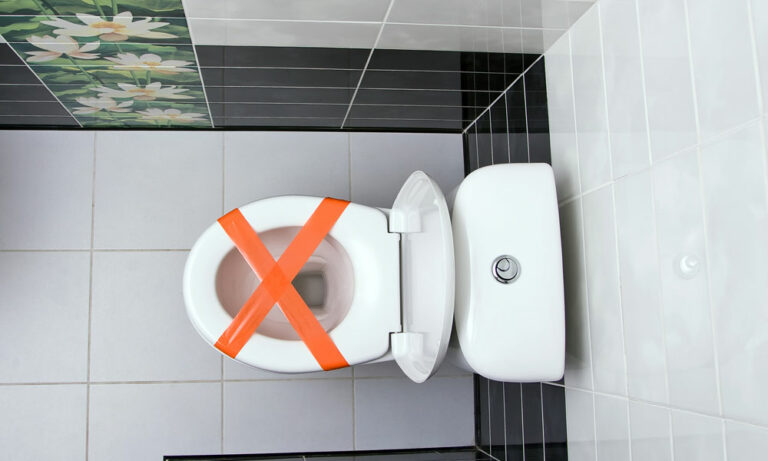
6. Don’t flush the toilet, and don’t use any other drains. Otherwise, you could cause more problems for yourself.
The best way to stop a toilet from overflowing is not to use it. If you have a clogged toilet, don’t flush the bowl; instead, call for help immediately. Don’t try to fix the problem yourself; it could lead to more damage than just an overflowing toilet!
If you require fixing your clogged drain but don’t want to call out a professional plumber, we recommend using some simple household remedies such as baking soda or vinegar. These two substances will help break up any gunk buildup in your pipes before they become blocked by debris that can cause flooding issues down the road if left untreated (and trust us: they will!).
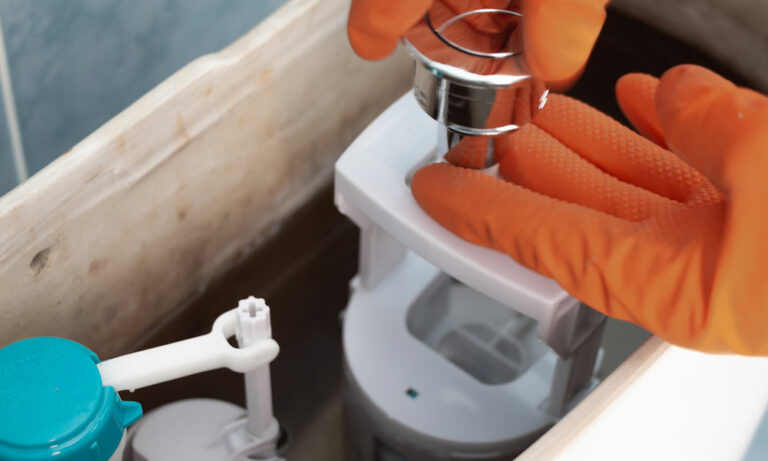
7. Make sure the flapper closes tightly.
If your toilet is old and the flapper doesn’t seal properly, you may have to use a plunger. Plungers are like plungers, but they’re designed specifically for toilets and are made of metal or rubber. You can also use sticks or other objects like plastic bottles to ensure that your flapper closes tightly enough to prevent the water from overflowing.
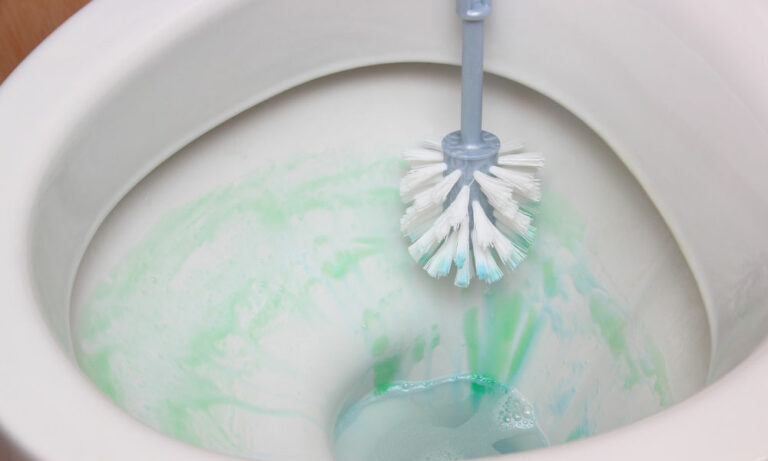
8. Clean out any debris in the tank.
You can use a plunger to clean out any debris in the tank. If that doesn’t work and you still have waste to remove, use a toilet brush or auger (a tool similar to an electric drill).
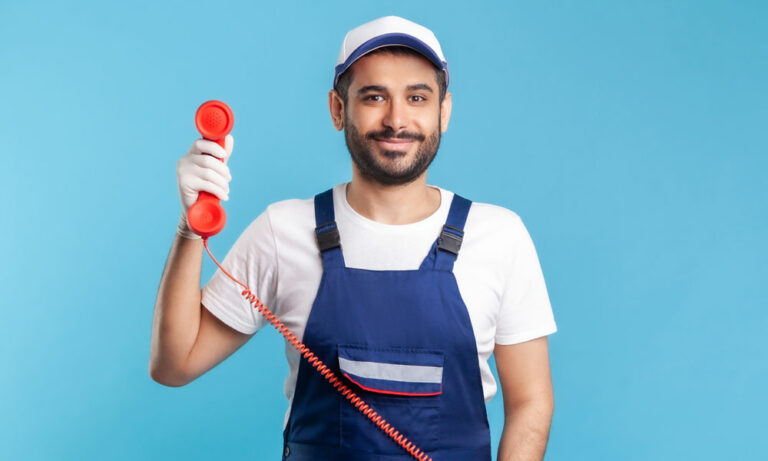
9. Call a plumber
If you aren’t comfortable doing this yourself, it is best to call a plumber. They can fix your toilet and make sure that nothing else is wrong with it.
If you don’t want to pay a plumber, there are kits available online or at hardware stores that allow people like you to fix their toilets themselves. This can save money because most people don’t want their bathrooms torn apart by strangers who may not know what they’re doing!
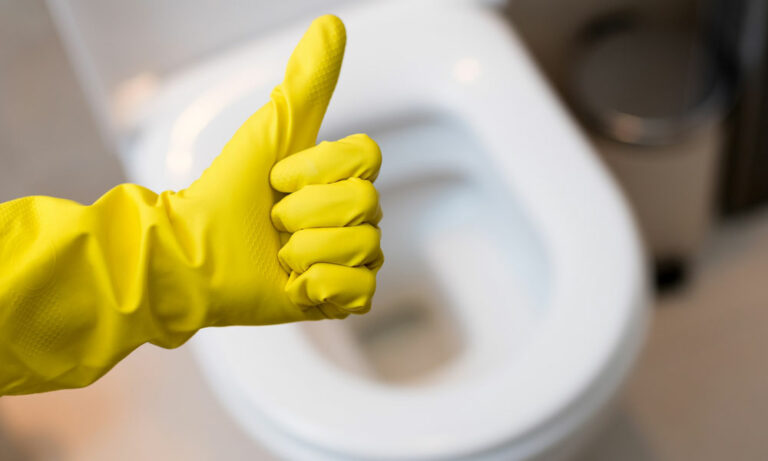
Avoid A Dirty Scene, Keep Your Toilet Clean.
- Stop up the toilet if you can. If you have a plunger, put it in the tank and try to clear it out.
- Use rubber gloves to clear the pipe manually. You don’t want to touch anything with your bare hands, so use these over-the-top pieces of protection for any task that involves handling water or toilet paper rolls (even though they’re not made from either).
- Empty your bladder in the sink and use a drain unblocker tool such as one found at home improvement stores like Home Depot or Lowe’s. It will help remove any remaining blockage before flushing again!
Hopefully, this article has given you tips on stopping a toilet from overflowing. If your toilet is leaking and you need assistance with repair or maintenance, contact us today! We offer prompt service and competitive pricing on all of our services.




